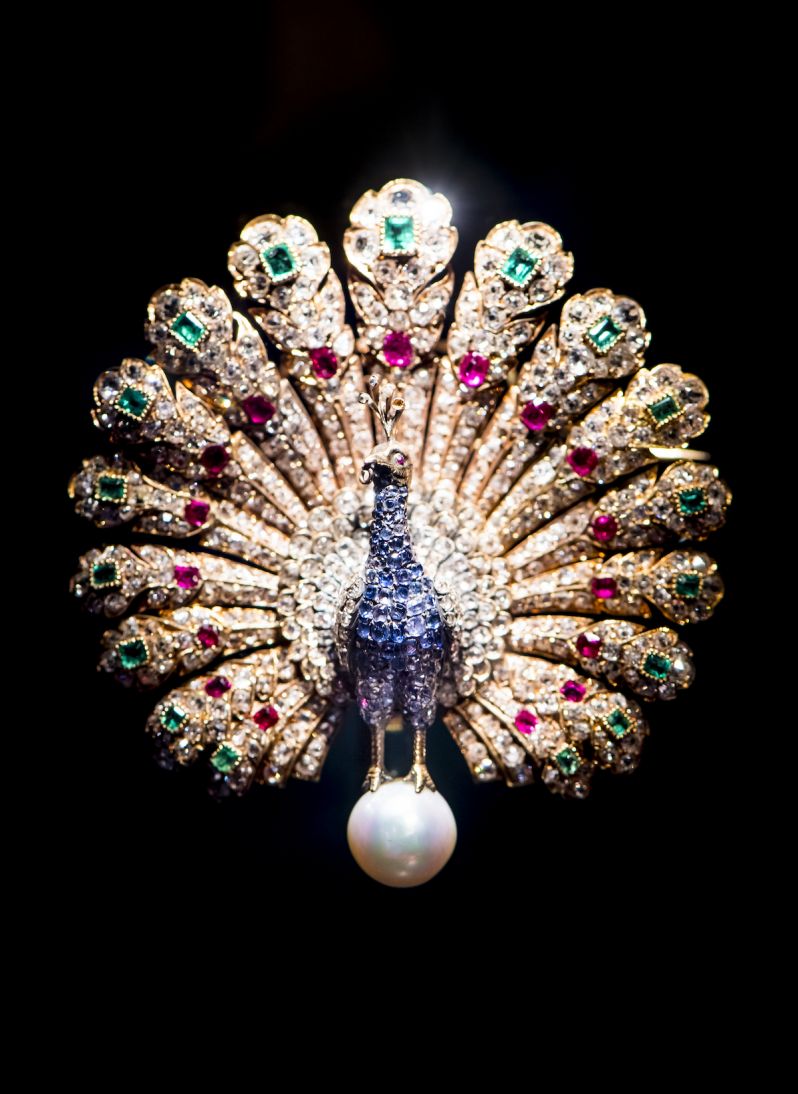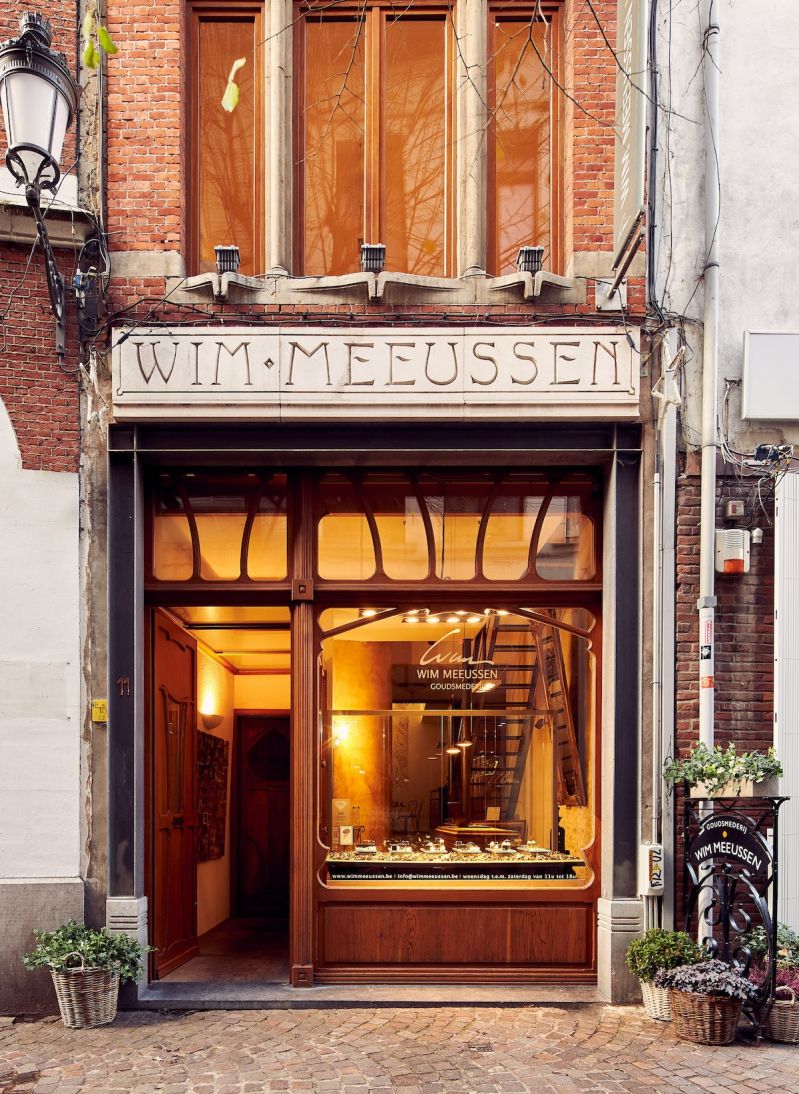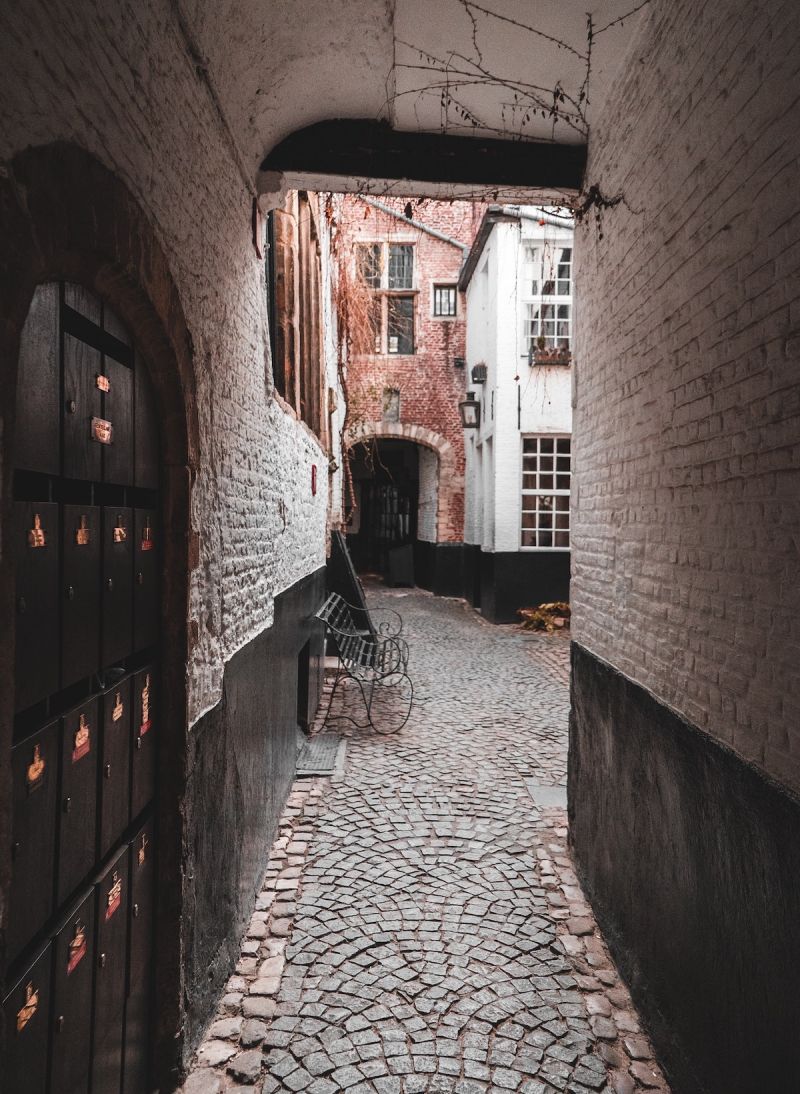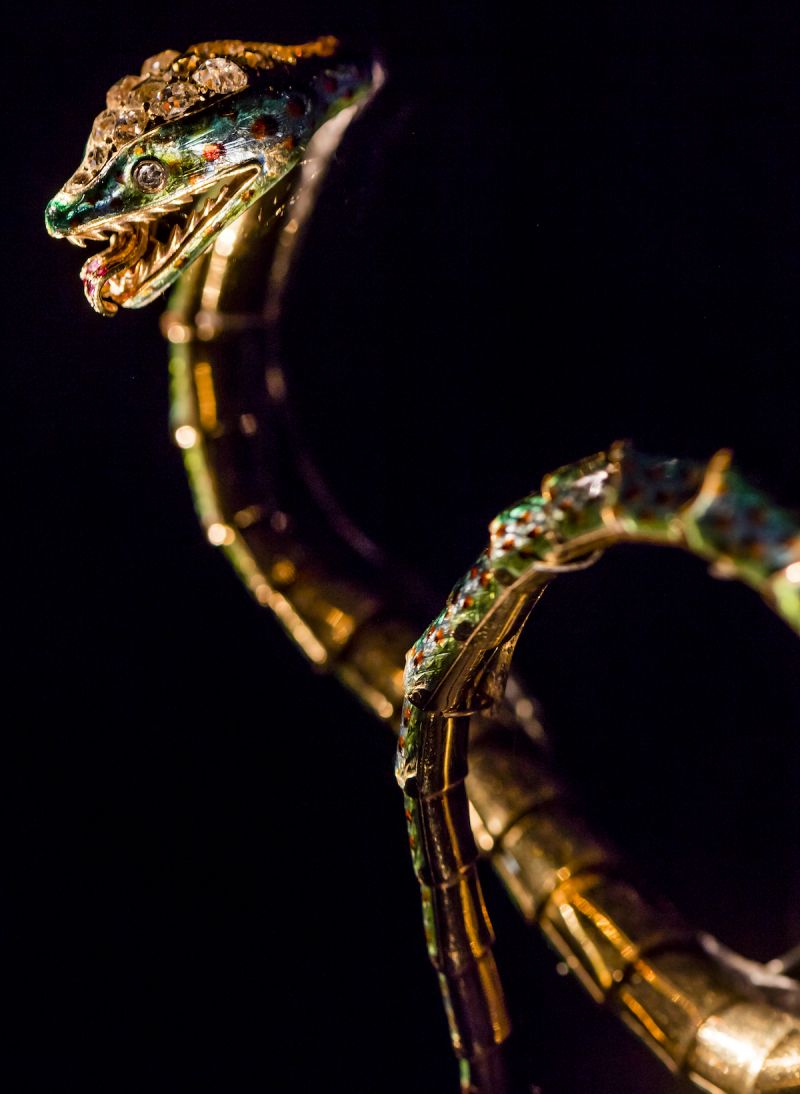JOIN the AFICIONADOS
Get the insider news and lowdown on what we've been up to, where we've been, and who we've met along the way. Be the first to discover new places and get the scoop on our favourites.
Did you know that around 84% of the world’s rough diamonds pass through Antwerp’s diamond district, located next to the Central Station? With an annual turnover of around 54 billion dollars, it makes Antwerp the largest diamond district in the world – impressive for a small, unassuming town in the north of Belgium.
So how did Antwerp become such an important part of this lucrative and glamorous trade and why are diamonds and Antwerp so inexorably linked?
Back in the 15th century, records show that rough diamonds and other gems began to arrive from India to Bruges, then onto Antwerp. Rich traders and nobility were attracted to the brightly coloured gems and saw them as a sign of wealth, and the access to the North Sea via the Scheldt river mean an easy trade route direct to Antwerp.
The way in which diamonds were perceived however, changed when Flemish jeweller Lodewyk van Berken invented a diamond polishing tool, the scaif, which created the sparkling, multi-faceted diamonds we know today. This sent European dignitaries into a frenzy – everyone wanted a glittering, sparkling diamond to call their own, and many craftspeople also came to Antwerp looking for work and the city became known as a global centre for diamonds. In the 1890s a diamond industry was officially established by the families of diamond traders and manufacturers.
During the Second World War, the persecution of the Jews in Antwerp and the downturn in demand for luxury goods meant that the industry slowed, but post-war there was a boost to the diamond trade and by the 1950s-1960s there were about 40,000 polishers, brokers, merchants and cutters living and working in the diamond district.
With outsourcing to India, this figure has certainly reduced, but today the unassuming looking diamond district is still an interesting visit. Around 1,500 diamond headquarters are based here, adjacent to the Central Station and a short walk from Meir, Antwerp's main shopping street.
Stroll around and see family-run businesses operating alongside larger brands and workshops. Some visit to have a family heirloom looked at – others are in the market to buy a sparkling gem. And whenever a new diamond is discovered, Antwerp is often the place it will come to be cut, for example the Lesotho Promise, a 603-carat rough diamond, the largest find of the 21st century was sold in Antwerp and cut into 26 stones. It’s now at Graff’s in London where the stones have been designed into a necklace.
If you’re particularly intrigued by Antwerp’s diamond district, make time for a stop at DIVA - the museum for diamonds, jewellery and silver. Its ‘Room of Wonders’ will take through Antwerp’s place on the global diamond stage for 570 years, plus an interactive journey that explores diamonds, silversmithing and jewellery-making. You can even buy diamond souvenirs in the shop – treat yourself to a memento from Antwerp’s diamond district.



